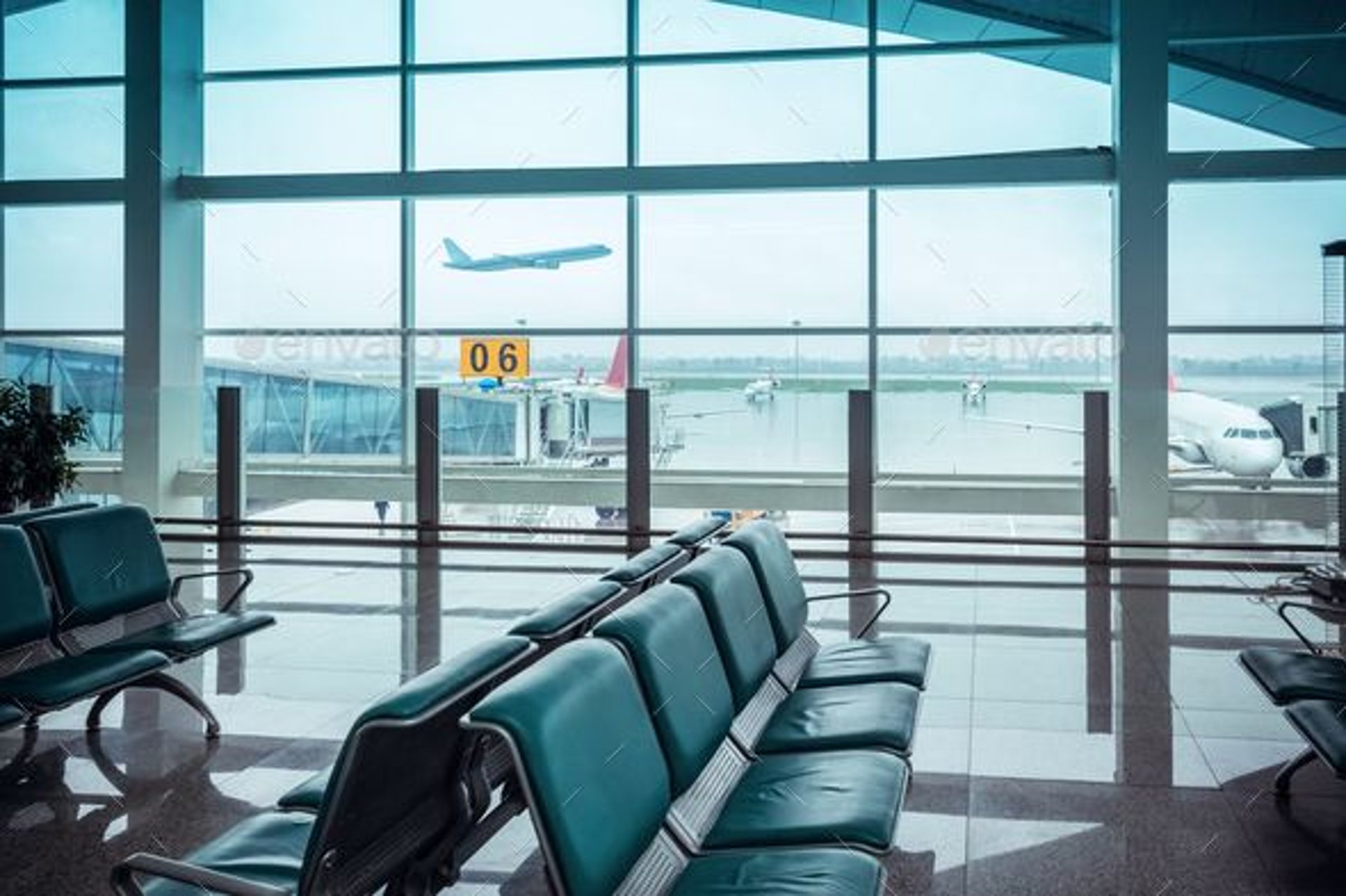
Construction of Bulacan International Airport | New Manila International Airport
The construction of Bulacan International Airport, also known as the New Manila International Airport, is underway in the Philippines. This project by San Miguel Corporation aims to enhance connect...
Photo credit: Philippines Construction Boom/Trip and Wise Tour. (PHOTO AS OF MARCH 10, 2024) For further details, visit: [link to the project](https://www.airport-technology.com/projects/new-manila-international-airport-philippines/)
4/5/20243 min read
The Construction of the Bulacan International Airport
The construction of the Bulacan International Airport, also known as the New Manila International Airport, is currently underway in the Bulacan province of the Philippines. This ambitious project, led by San Miguel Corporation (SMC), is estimated to cost approximately P740 billion and is expected to become a prominent hub for international flights.
Responding to the Growing Demand for Air Travel
The development of this new airport is a response to the growing demand for air travel in the Philippines, as the existing Ninoy Aquino International Airport in Manila has been operating beyond its capacity for years. With the Bulacan International Airport, the government aims to alleviate congestion and provide a world-class facility that can accommodate the increasing number of passengers.
The Phases and Components of the Construction
The construction of the airport involves various phases and components. The first phase includes the construction of a single runway, terminal buildings, and other essential infrastructure. The airport will have the capacity to handle up to 100 million passengers annually, making it one of the largest airports in Southeast Asia.
Collaboration with International Aviation Experts
To ensure the success of this project, the government and San Miguel Corporation have been working closely with international aviation experts and consultants. They have conducted extensive studies to determine the optimal design and layout of the airport, taking into consideration factors such as passenger flow, aircraft movements, and future expansion plans.
Economic and Job Opportunities
The new airport will not only benefit the local economy but also create numerous job opportunities for the people of Bulacan and nearby provinces. The construction phase alone is expected to generate thousands of jobs, providing a much-needed boost to the region's employment rate.
Positive Environmental Impact
In addition to its economic impact, the Bulacan International Airport is also expected to have a positive environmental effect. The airport will be equipped with state-of-the-art technologies and sustainable practices to minimize its carbon footprint. This includes the use of renewable energy sources, efficient waste management systems, and eco-friendly construction materials.
Enhancing Passenger Experience and Convenience
Furthermore, the airport will be designed to enhance passenger experience and convenience. It will feature modern amenities, spacious lounges, and advanced security measures to ensure a seamless and comfortable journey for travelers. The airport will also be well-connected to major transportation networks, making it easily accessible from different parts of the country.
Connectivity and Economic Impact
Overall, the construction of the Bulacan International Airport is a significant milestone in the Philippines' aviation industry. It represents the government's commitment to modernizing infrastructure and meeting the growing demands of air travel. Once completed, the airport will not only serve as a gateway to the Philippines but also contribute to the country's economic growth and development.
Economic Impact beyond Job Creation
The economic impact of the Bulacan International Airport extends beyond job creation and investment attraction. The airport's presence will also lead to the development of supporting infrastructure and services in the area. With the influx of travelers and businesses, there will be a need for hotels, restaurants, retail outlets, and transportation services to cater to their needs.
Real Estate and Connectivity
The airport's development will also have a positive impact on the real estate sector in Bulacan and its neighboring areas. As the airport attracts more businesses and job opportunities, there will be an increased demand for housing and commercial spaces. This will lead to a rise in property values and provide opportunities for real estate developers and investors.
Enhancing Tourism in the Philippines
The Bulacan International Airport's potential to promote tourism in the Philippines goes beyond just providing improved connectivity. The airport's strategic location offers a gateway to some of the most popular tourist destinations in the country, making it a convenient starting point for international travelers.
Beach Tourism and Vibrant Cities
One of the Philippines' main attractions is its stunning beaches. From the world-famous white sands of Boracay to the pristine waters of Palawan, the country's coastline is a paradise for beach lovers. With the Bulacan International Airport, tourists can easily fly in and start their beach adventure without the hassle of long and complicated transfers.
Economic Benefits of Increased Tourism
Moreover, the airport's development will have a positive impact on the tourism industry as a whole. By attracting more international flights and airlines, the airport will increase the number of tourists visiting the country. This influx of tourists will not only boost the tourism sector but also create job opportunities for locals, particularly in the hospitality and service industries.
Promoting Domestic Tourism
Additionally, the development of the Bulacan International Airport will also benefit domestic tourism. With improved connectivity, Filipinos will have easier access to different parts of the country, encouraging domestic travel and exploration. This will not only allow Filipinos to discover the beauty of their own country but also support local businesses and communities that rely on tourism.
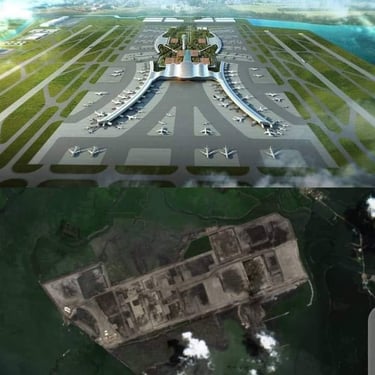
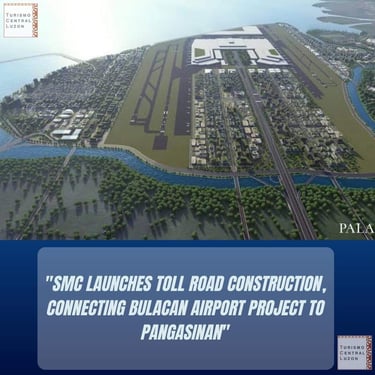
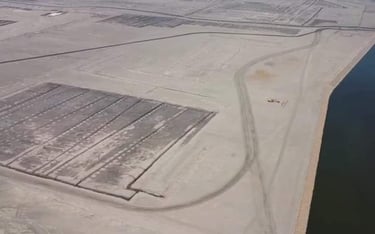
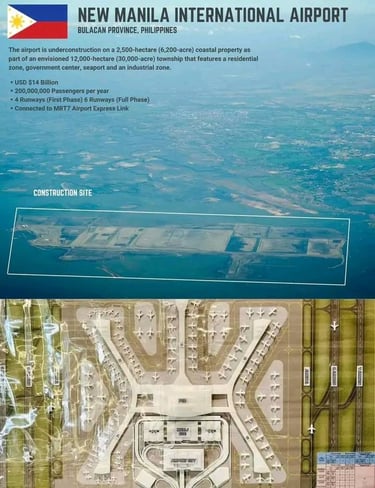
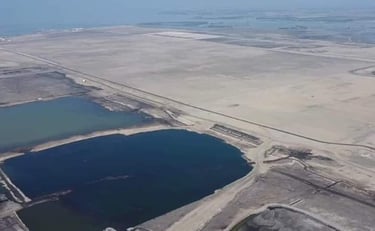
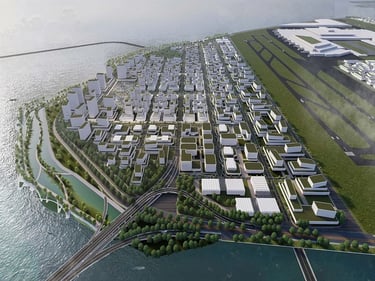






Inquire Today
Mark John joshua Cerrera
+63 998 188 7470
mjjccer.megaworld@gmail.com
McKinley Hill Information Center, Naples Dr, Taguig, 1630 Metro Manila
Uptown Bonifacio Information Center
© mjjccer@gmail.com . 2024. All rights reserved.


Your Trusted Realtor
